The Hidden World of Filoli’s Decomposers
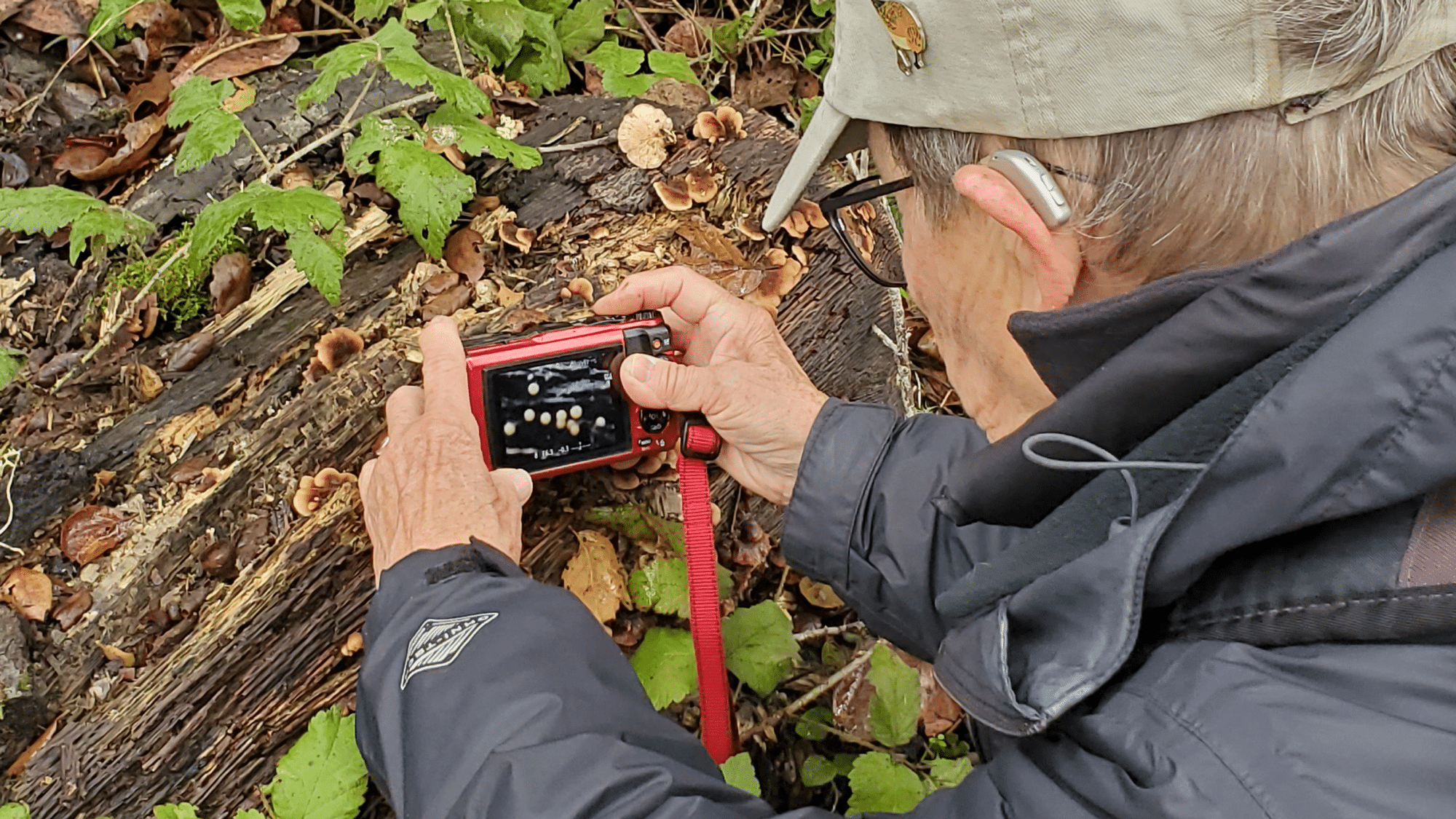
Get up close and personal with these photos of the coolest fungi and insects that live on Filoli’s Natural Lands!
In January, Filoli launched a new Citizen Science project as part of the Service Learning program. Led by Filoli staff and the BioBlitz Club, 30 participants hiked out into the Natural Lands in search of mushrooms to record. They uploaded photos to iNaturalist to share with other citizen scientists in the Bay Area and around the world.
Mushrooms, mites, and beetles may not be the most warm and fuzzy creatures, but they are vital to our ecosystem. They play an important role in helping decompose organic matter and continuing the life cycle of our Natural Lands.
BioBlitz leader Merav Vonshak took photos that reveal the hidden world beneath our feet. Below, she shares the story behind some of her favorite images.
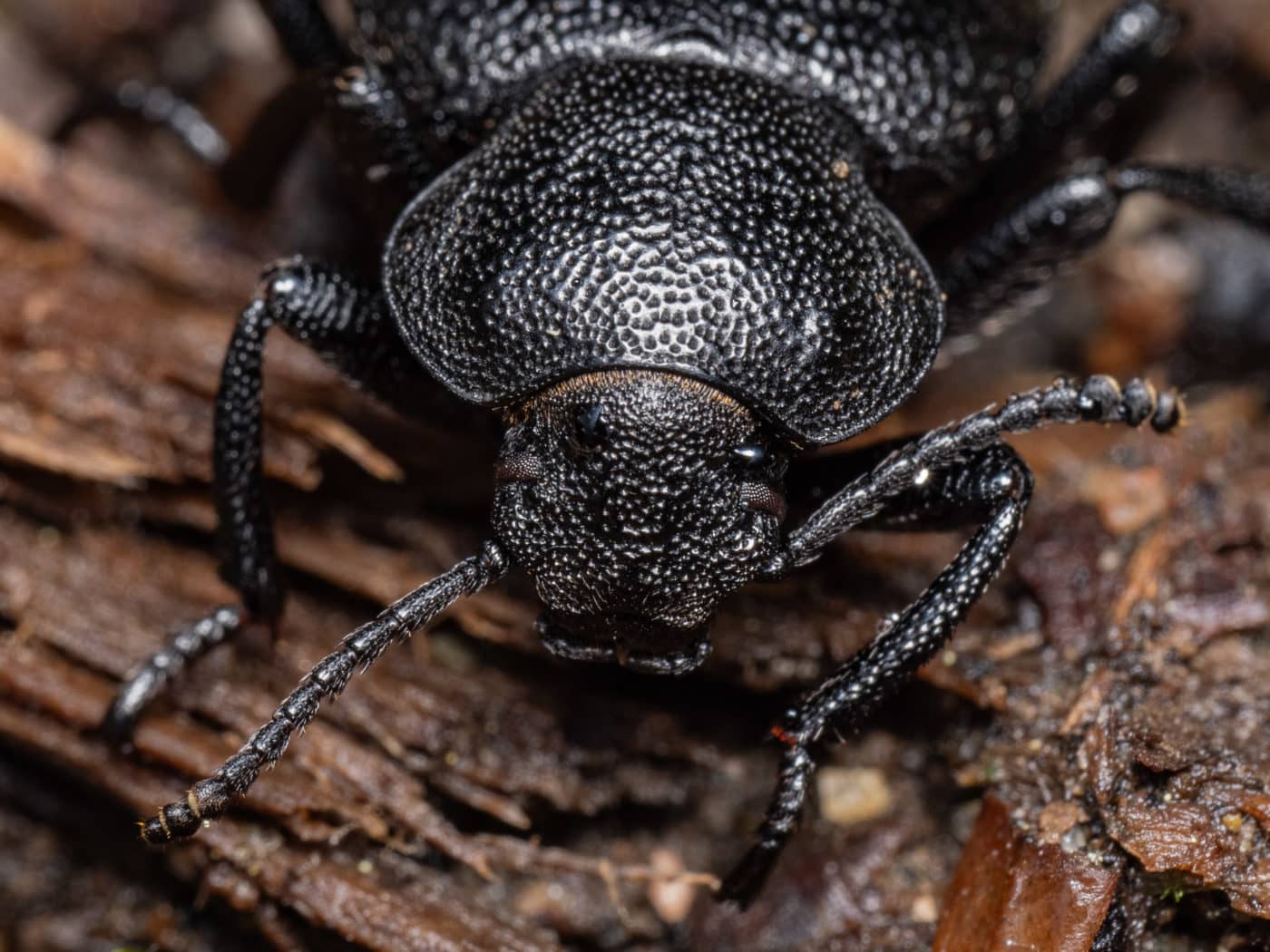
This darkling beetle (subgenus Blapylis) acts as a plant scavenger, so we found it in the leaf litter. If you get close enough to a beetle, you might notice some interesting details. Here, you can see the beetle’s eyes, antennae, and the many pores it has in its cuticle.
Oak-leaf pinwheel (Collybiopsis quercophila) is a tiny fungus found under oak trees. Here, you can see it growing up from decaying oak leaves.
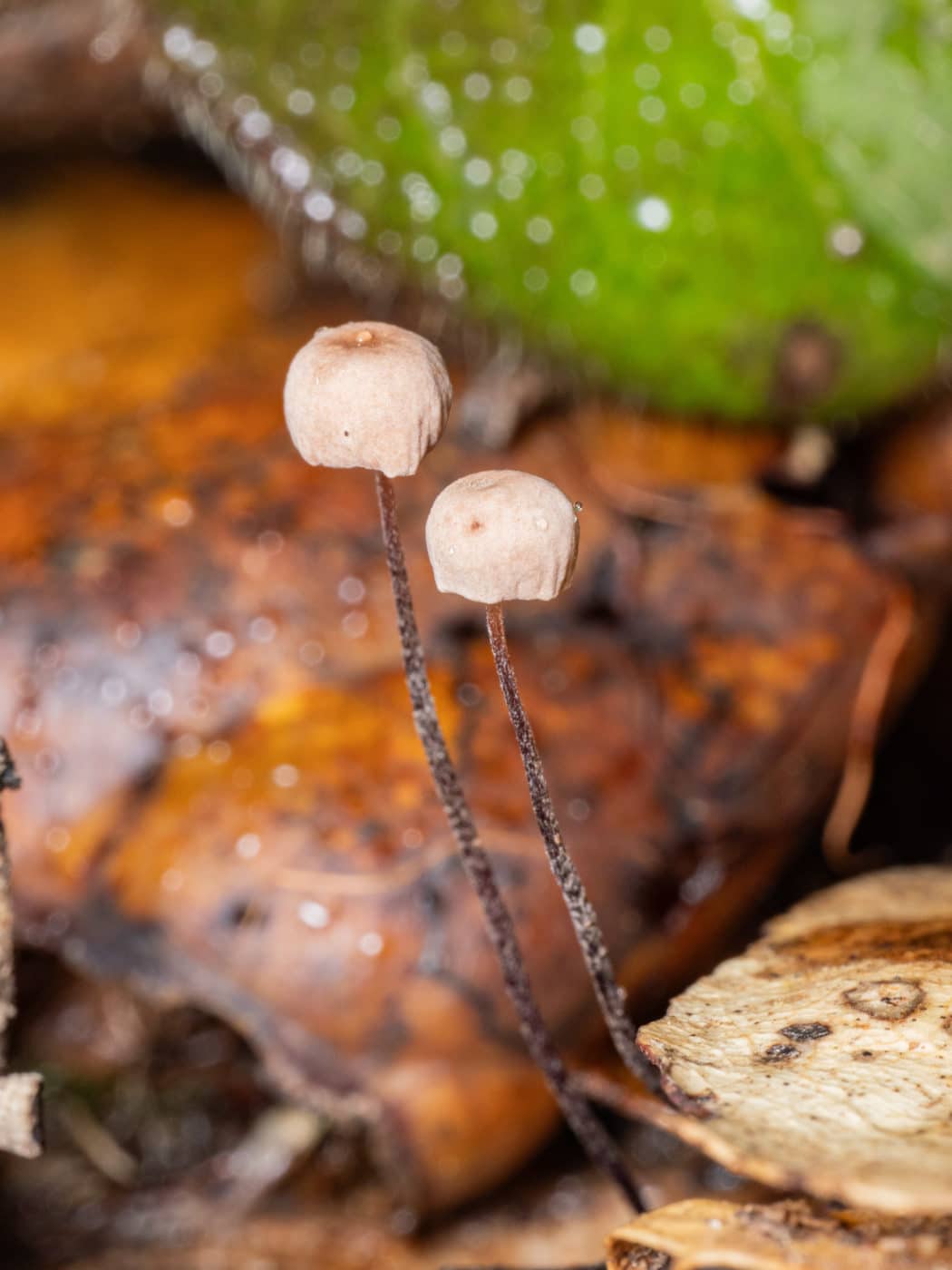

California slender salamander (Batrachoseps attenuatus) is a tiny salamander that is about the size of an earthworm, but with additional legs and eyes. These lungless salamanders are completely terrestrial – they even reproduce on land. If you look closely, you might find one in your backyard!
This sprouting oak acorn – either dropped from the tree or planted by a tree squirrel or a jay – might one day become a magnificent oak tree.
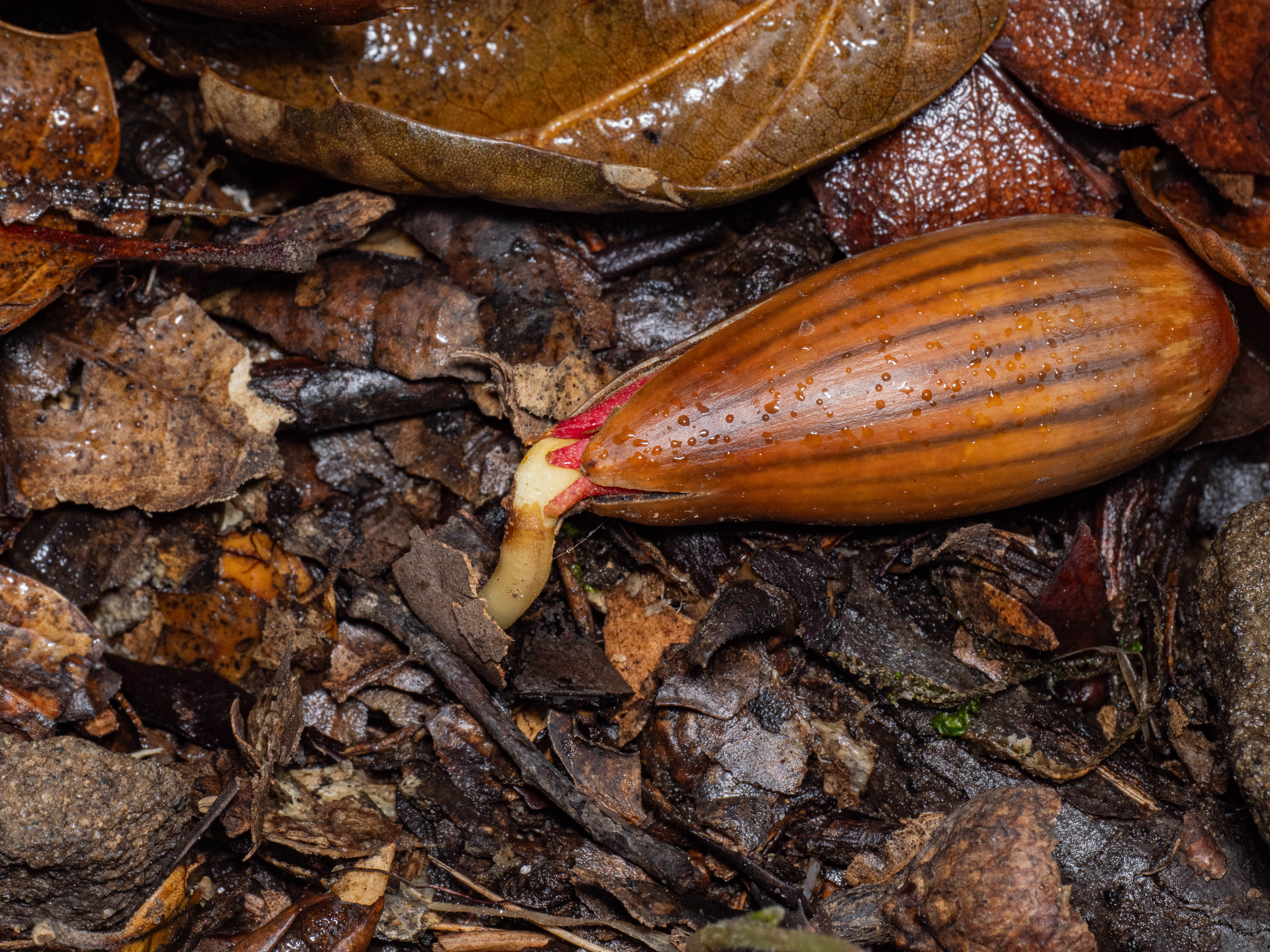
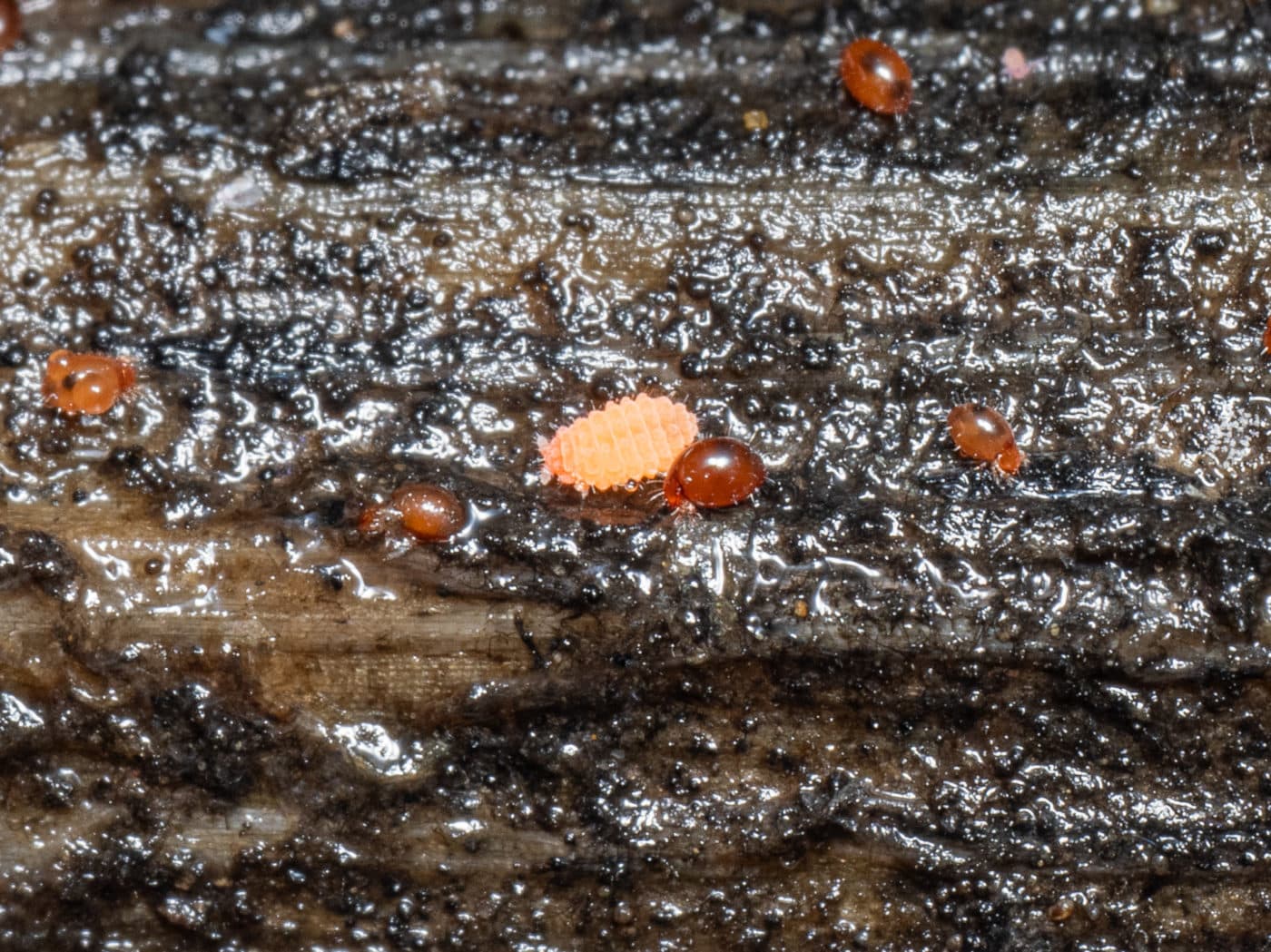
Next time you find a fungus, look closely – can you spot any moving dots? Some tiny creatures feed on fungi, such as this springtail (the elongated creature) and beetle mites (Oribatida).
There are as many as 12,000 different species of beetle mites, and they play an important role in decomposing organic matter and distributing fungi.
Despite its name and appearance, insect-egg slime (Leocarpus fragilis) is not insect-related, but instead is a species of slime mold: a group of single-cell organisms, related to ameba. They grow quickly and can be more easily found after a period of rain. In this stage of their life cycle, they create the fruiting bodies that will release spores to create new single-cell organisms.
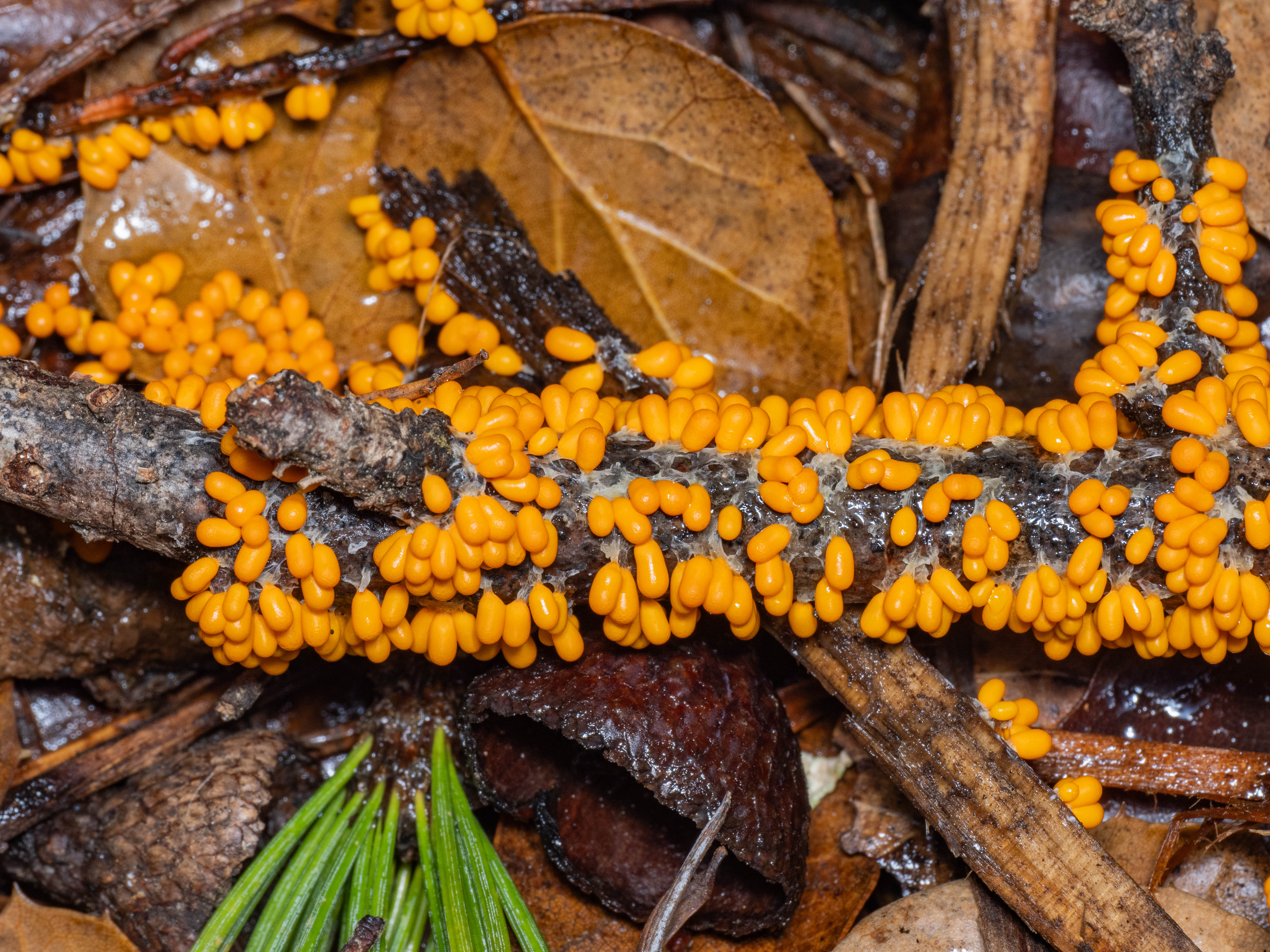
Interested in joining us for future Citizen Science projects? Subscribe to our newsletter to get the latest updates.
